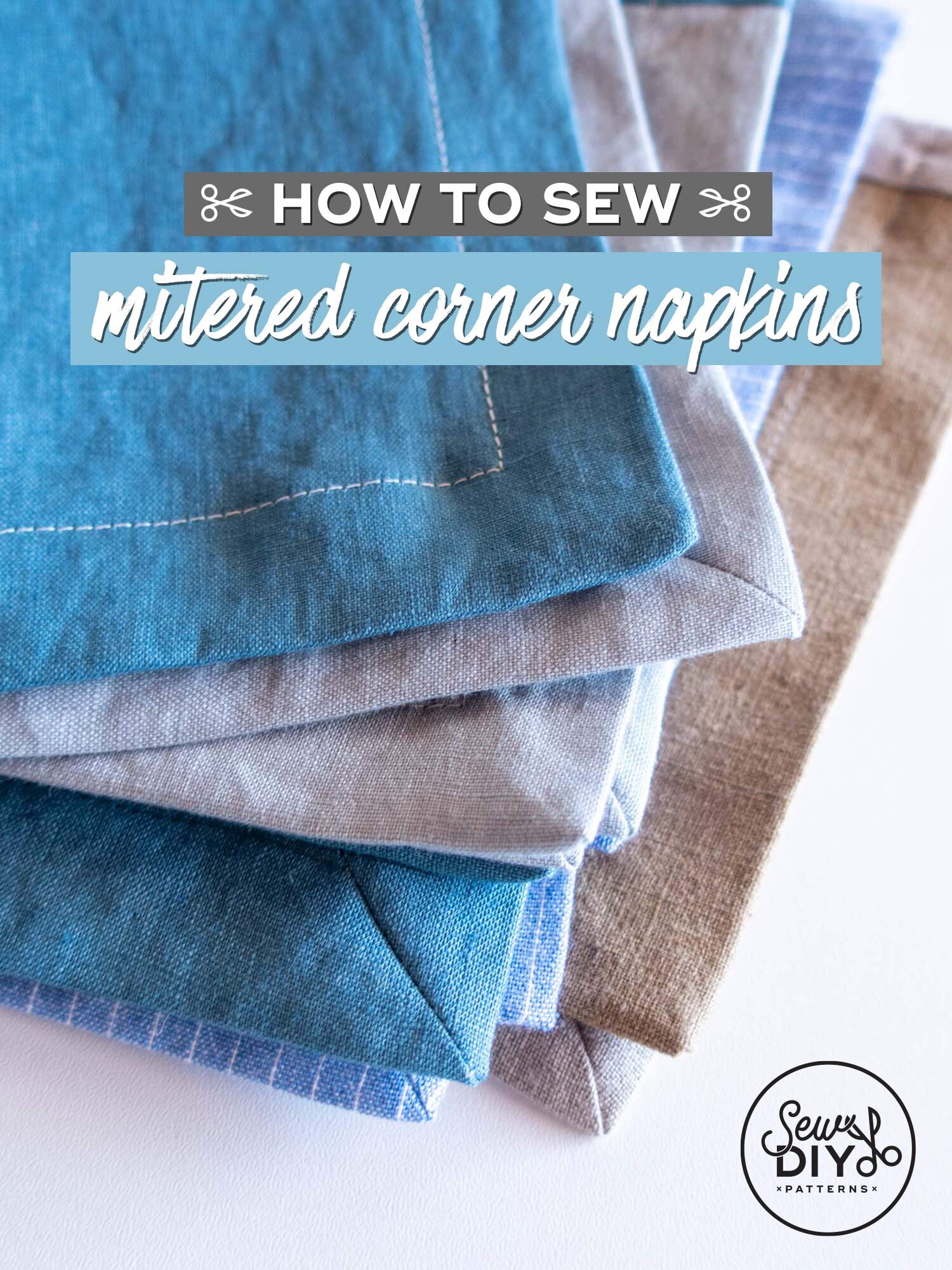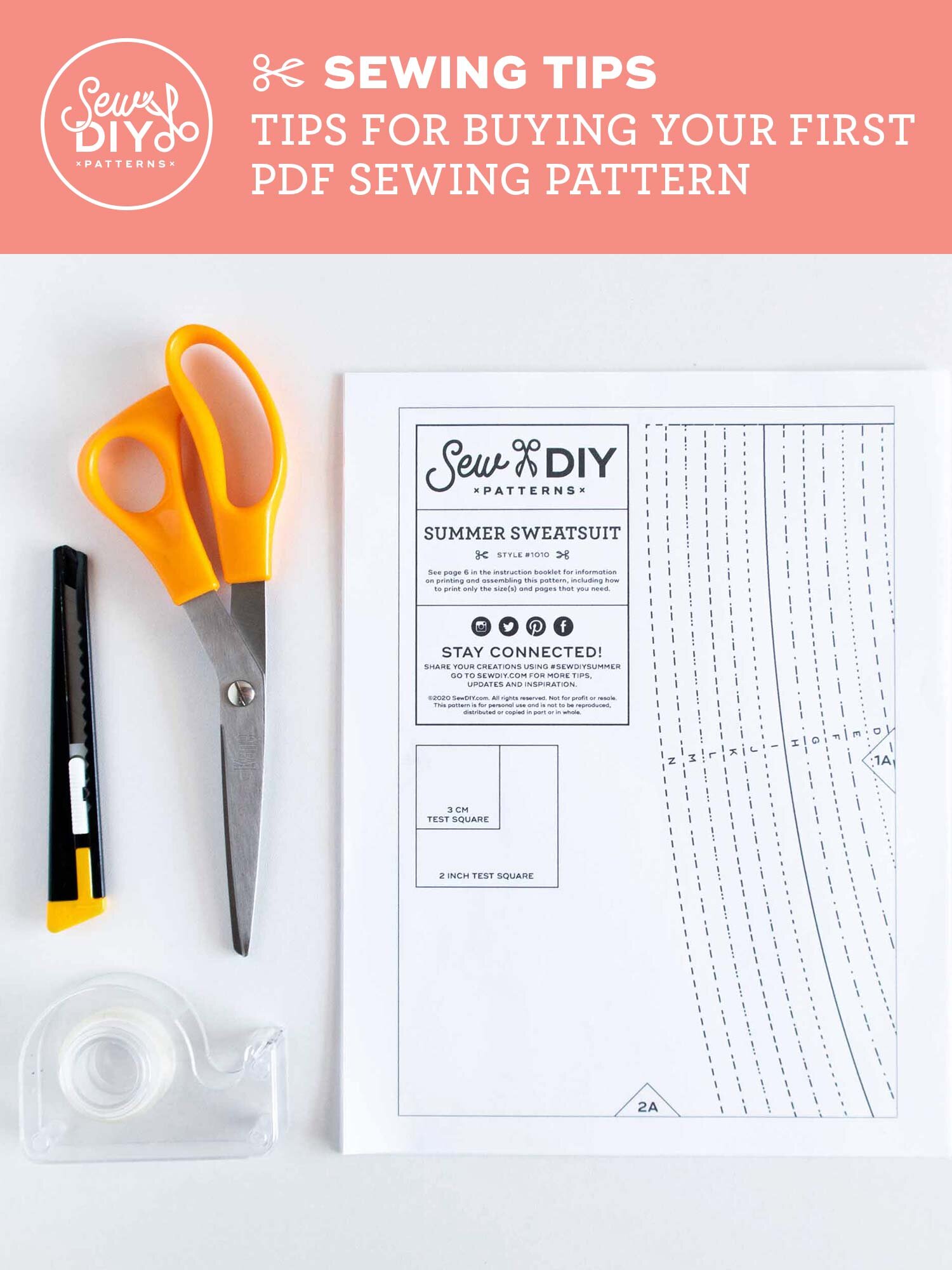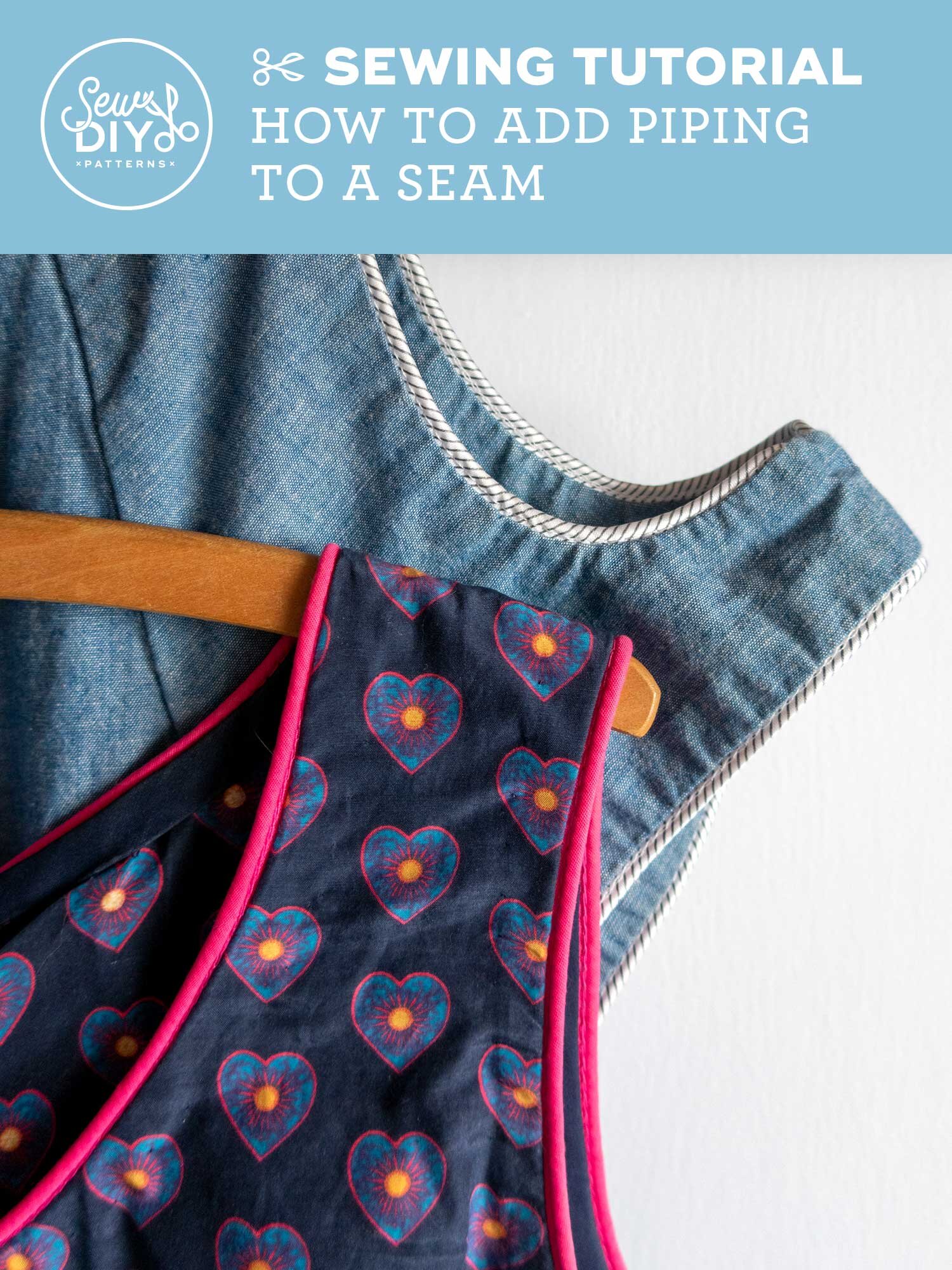
A few weeks ago, I asked on my Instagram what people had the most problems with when sewing t-shirts. Far and away the most common reply was the neckband. In today’s video, I take you through the whole process of sewing a knit neckband in the round (see last week’s video for how to sew it flat) AND I give you some tips for identifying whether your neckband is too large or too small.

I hope that this video is helpful for you. Let me know in the comments if there are any other videos that you’d like to see. And if you haven’t already, I’d be thrilled and honored if you follow me on Youtube. Happy sewing!
Related Posts

How to sew a refillable catnip mouse toy



















